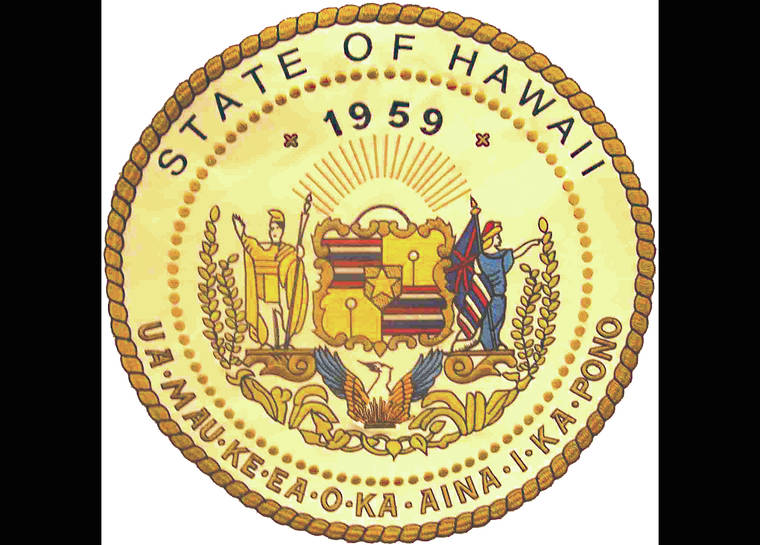The state is launching a $100 million program designed to help Hawaii residents pay for and stay in their current housing amid the ongoing COVID-19 pandemic that’s put thousands out of work.
The State Rent Relief and Housing Assistance Program, funded by federal coronavirus relief funds, will be a joint effort between the state, Aloha United Way and Catholic Charities of Hawaii, announced Gov. David Ige on Tuesday.
In the first of two phases, budgeted for $50 million, eligible renters can receive assistance of up $1,500 per month in Maui, Kauai and Hawaii counties and up to $2,000 per month on Oahu. Payments will be made directly to landlords and can be lump sums for up to three months at a time, Ige said.
“This first phase will provide rentals with assistance in making monthly payments from Aug. 1 through the end of the year,” the governor said. “Final details for the second phase, which covers rent and mortgages from March 1, will be announced shortly. That remaining balance of $50 million will be dedicated to support this program.”
To be eligible, full-time Hawaii residents must demonstrate they’re either unemployed or partially employed because of COVID-19 and have a household income not exceeding 100% of the area median income. Those looking to apply can go to www.hihousinghelp.com or visit www.auw.org and www.catholiccharitieshawaii.org for assistance.
“One thing we made clear is there’s not a requirement to meet an asset test,” said Hawaii Speaker of the House Scott Saiki. “One of the reasons we made that clear is we saw with some of the county programs set up had asset tests. As a result of that, they were not successful in making payments to people.”
The program comes out of the House Select Committee on COVID-19, created in March. More than two dozen community leaders worked with the committee for two months to draft a proposal, ultimately leading to the creation of the rent relief and housing assistance program.
“There still is a moratorium on evictions in place, but we know that the moratorium is not even half of the solution to this issue,” Saiki said. “At some point, families will have to pay for their back rent; this program will help renters not just with their current rent, but also with their back rent.”
Executive director of the Hawaii Housing Finance and Development Corporation Denise Iseri-Matsubara estimates the program can serve up to 11,000 households, though the exact number will likely fall below that, depending on the amount of money allocated to other services in the second phase.
Ige stood firm in asserting the state would not return any federal coronavirus relief money, which must be spent by the end of the year.
Also Tuesday, Ige answered questions regarding the state’s plans to reopen. He insisted plans for restarting trans-Pacific travel are moving forward, as is the possibility of a pre-testing pilot program for interisland travel.
“There is interest from the neighbor islands, so we will be exploring it,” said Ige about the pilot program. “I’ll be meeting with the mayors again and we’ll see which counties will be interested in participating, and we’ll take it from there.”
Urging caution, Ige suggested the state initially reopened too many activities too quickly, resulting in the recent surge of positive cases that prompted a second shutdown on Oahu. A more careful second reopening, following the example of states that have more successfully done so, is Ige’s hope.
“From the health care perspective, we don’t have access to hospital beds, ICU units or ventilators from California or Oregon or Washington state; we have to be totally self-reliant on the resources that we have in our community,” the governor said. “We will probably be more conservative than they might be.”
Email Tom Linder at tlinder@westhawaiitoday.com.






